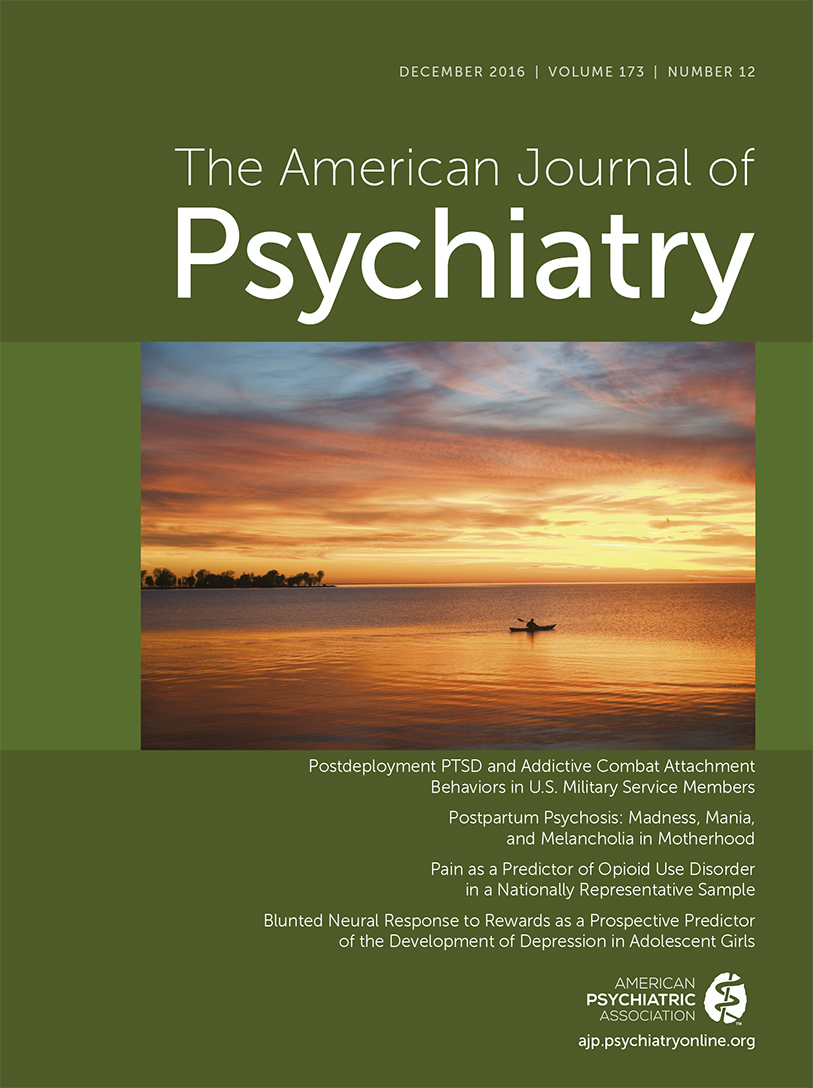Pregabalin in Tourette’s Syndrome: A Case Series
To the Editor: Tourette’s syndrome is a neuropsychiatric disorder that is frequently associated with comorbidities and unsatisfactory treatment response rates. Furthermore, the drugs commonly used in treatment are often associated with severe side effects, leading to discontinuation of medication. Therefore, novel pharmacological treatments are needed (1).
In the European Union, pregabalin has been approved for neuropathic pain, epilepsy, and generalized anxiety disorder. There is one case report of self-injurious behavior associated with Tourette’s syndrome, obsessive-compulsive disorder (OCD), and fibromyalgia in which pregabalin was successfully used for tic reduction. In this case, it remained unclear whether tic improvement was due to improvement of Tourette’s syndrome or of OCD (2). Here, we present the cases of two patients (ages 18 and 41 years; Caucasian) with severe Tourette’s syndrome and comorbid generalized anxiety disorder who required inpatient treatment:
Upon admission, the 41-year-old patient scored 90 (Total Tic Score [TTS]=40; score range=0–50) on the Yale Global Tic Severity Scale (YGTSS; score range=0–100) and 6 on the Clinical Global Impressions Scale (CGI; score range=1–7). He was medication free for more than 2 years but smoked up to seven cannabis cigarettes a day. The patient, over the course of his lifetime, had taken typical and atypical antipsychotics, topiramate, and antidepressants and had had comorbid hypercholesterinemia. The younger patient (YGTSS score=95; TTS=45; CGI score=6 on admission day) had been taking 20 mg/day of aripiprazole for more than 4 years without sufficient improvement.
Because of comorbid generalized anxiety disorder, both patients were started on a dosage of 100 mg/day of pregabalin, which was increased to 600 mg/day from treatment day 4 onward. Because of insomnia, the older patient received 100 mg of quetiapine at night. In the younger patient, aripiprazole was reduced to 10 mg/day and, because of depressive symptoms, sertraline at 50 mg/day was administered. The older patient’s YGTSS score scaled down to 45 (TTS=25), and his CGI score was 4; the younger patient had a YGTSS score of 58 (TTS=28) and a CGI score of 4 only 7 days after onset of treatment.
After these interesting observations, we treated a third patient with Tourette’s syndrome without comorbidities (22 years old, Caucasian male; he was medication free for 5 years but, over his lifetime, had taken risperidone and valproate). On admission day, he scored 79 on the YGTSS (TTS=39) and 6 on the CGI. He received pregabalin as described above and experienced a marked reduction in tic intensity and frequency only 7 days after onset of treatment (YGTSS score=41; TTS=21; CGI score=4).
None of the patients reported any side effects. All subjects provided written informed consent for anonymized publication of their data.
In all three severely ill patients with Tourette’s syndrome, pregabalin distinctly alleviated vocal and motor tics within 7 days of treatment. In summary, pregabalin has the potential to be an effective and well-tolerated new treatment option for this sometimes highly disabling neuropsychiatric disorder. Randomized controlled trials are needed to confirm these preliminary observations.
1. : European clinical guidelines for Tourette syndrome and other tic disorders. Part II: pharmacological treatment. Eur Child Adolesc Psychiatry 2011; 20:173–196Crossref, Medline, Google Scholar
2. : A case of severe oral self-injurious Tourette’s syndrome alleviated by pregabalin. Gen Hosp Psychiatry 2012; 34:321.e1–321.e4Crossref, Google Scholar



